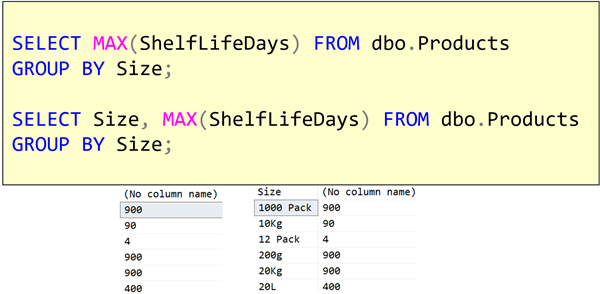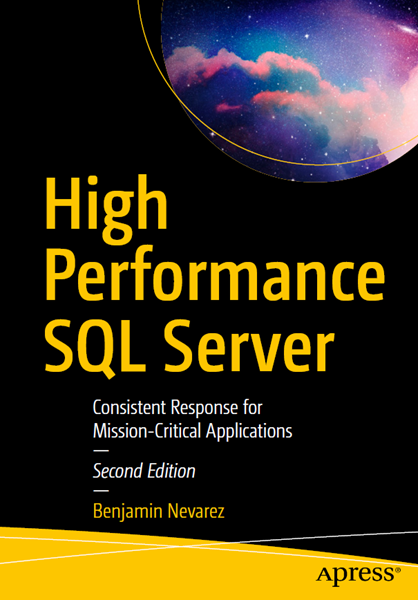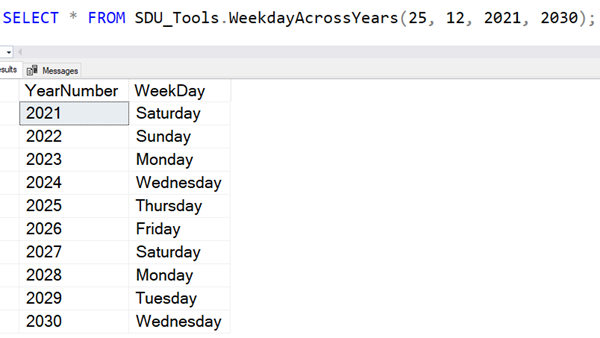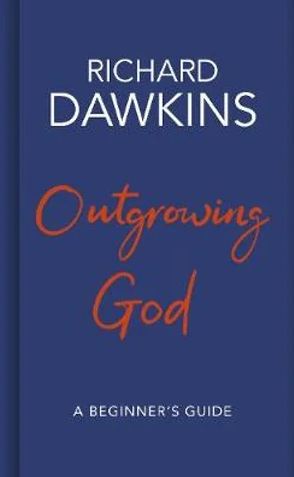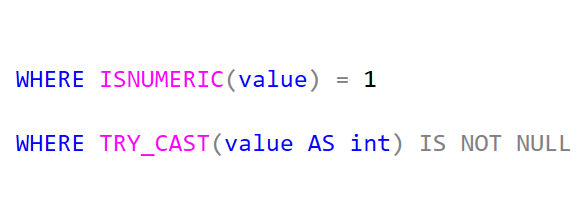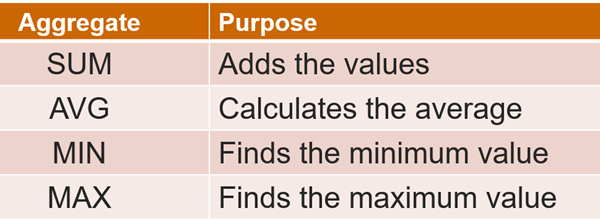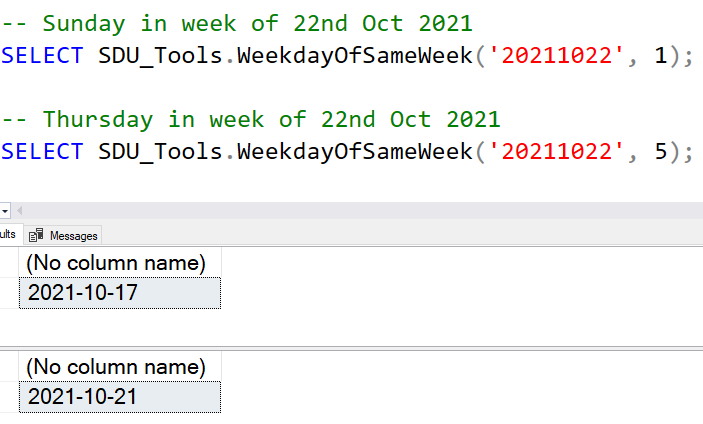
Book Review: Passive Income: How to Make Money from Home, Skyrocket your Income at Lightning Speed
I tend to read a large number of entrepreneur-related books. Some are better than others. I almost didn’t get a copy of Passive Income: How to Make Money from Home, Skyrocket your Income at Lightning Speed as the title pretty much put me off as it sounded so cheesy, but for some reason I did listen to the audiobook.
I also don’t normally write reviews for books that I really don’t like. I didn’t like this book.
2021-03-03


